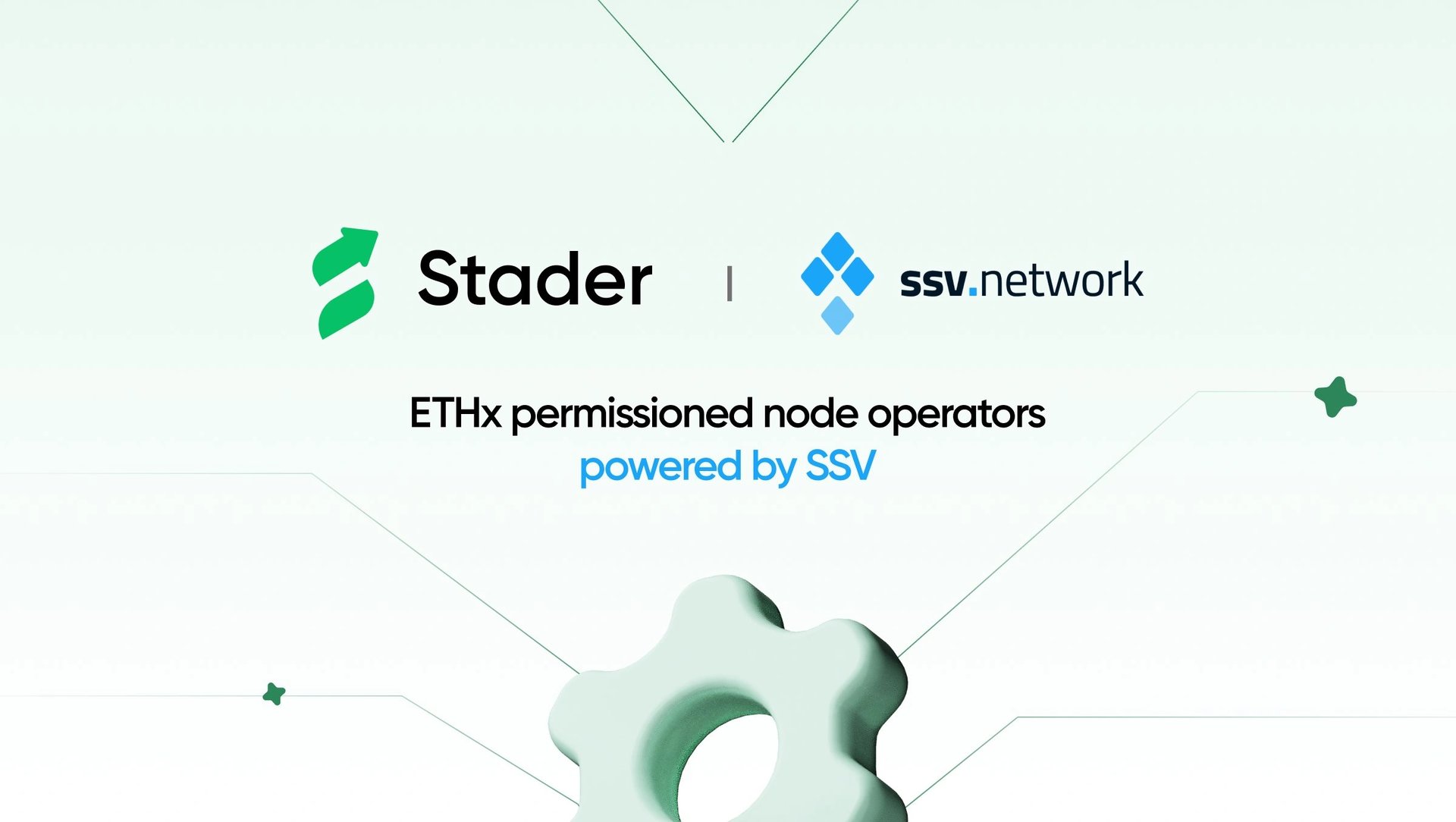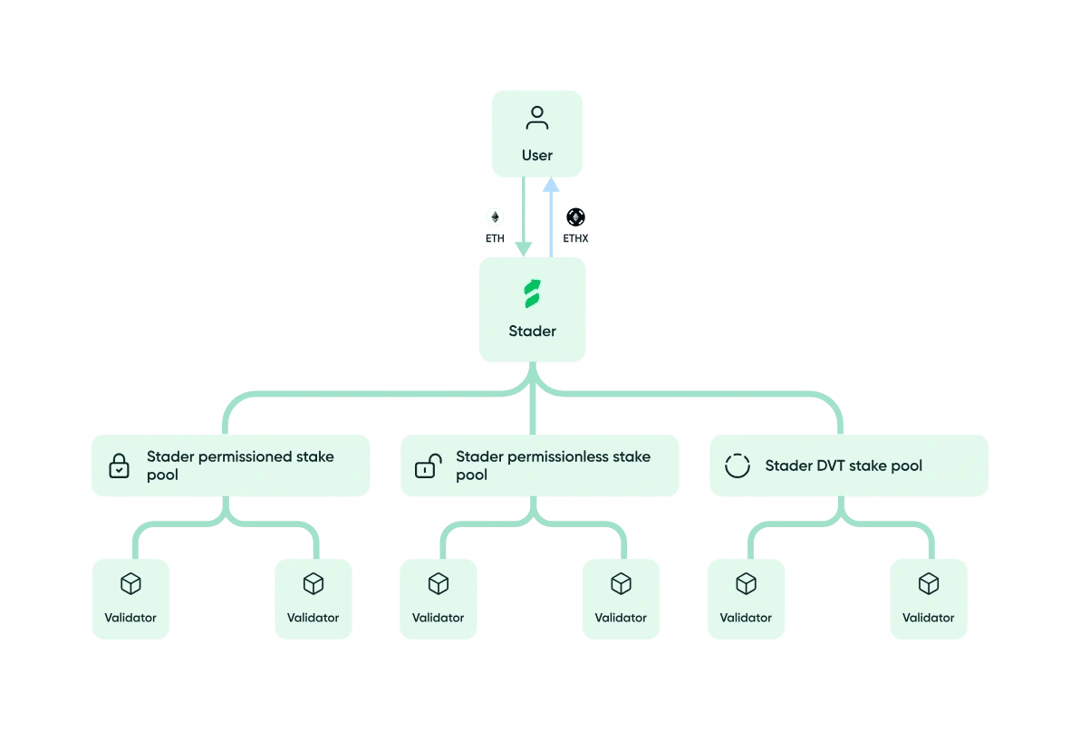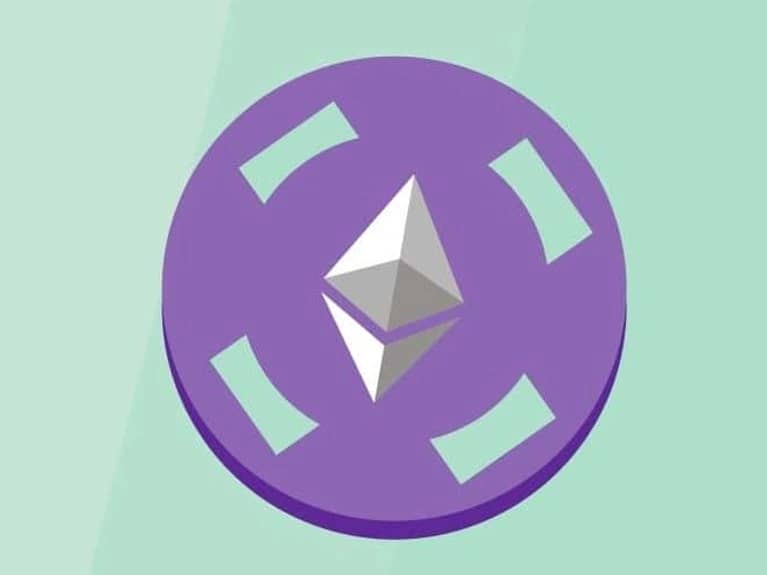Subscribe to wiki
Share wiki
Bookmark
Stader ETHx
The Agent Tokenization Platform (ATP):Build autonomous agents with the Agent Development Kit (ADK)
Stader ETHx
Stader ETHx by Stader Labs is a liquid staking solution for Ethereum, allowing users to stake ETH and receive stETHx, a liquid staking token. This product allows users to earn staking rewards while retaining liquidity, facilitating participation in decentralized finance (DeFi) activities without locking up assets. [1][2][3][4]
Overview
Launched on July 10, 2023, Stader's intent with liquid staking ERC-20 token, ETHx, is to create an LSD with a unique value proposition to users and node operators while adding to the diversity of LSDs on ETH. [5]
ETHx ensures continuous staking rewards, enabling the growth of Ethereum holdings while integrating with dApps to allow users to explore additional yield farming and lending opportunities. Additionally, ETHx contributes to Ethereum's decentralization efforts, promoting scalability and resilience within the network. [3][4]
On July 4, 2024, Stader Labs partnered with SSV Network to keep Ethereum decentralized. Therefore, $ETHx permissioned node operators are now powered by SSV. [8]

ETHx Design
ETHx introduces a multi-pool architecture designed for decentralization, scalability, and resilience. This architecture encompasses permissionless and permissioned pools, allowing anyone to operate nodes and curated validators with consistent performance. As Distributed Validator Technology (DVT) becomes more stable, ETHx will adopt dedicated DVT-based stake pools in the future, ensuring adaptability to the evolving ETH staking ecosystem. [2]

ETHx Governance
ETHx governance is maintained by three entities: the Community multisig, the Manager multisig, and the Operator. These entities collaborate to ensure transparency, accountability, and a balanced approach to decision-making and operations within the ETHx ecosystem. As part of Stader's future vision, on-chain governance will gradually be introduced, empowering Stader's governance token, SD, and ETHx holders to propose and implement protocol changes, thus fostering decentralized decision-making and inclusivity. [6]
ETHx Staking
ETHx allows users to benefit from Ethereum staking while maintaining asset liquidity. Here's how it works: [7]
Deposit and Token Issuance
When a user deposits Ethereum into the ETHx staking contracts, the protocol issues an equivalent number of ETHx tokens back to the user. These tokens act as a liquid representation of the user's staked Ethereum, allowing them to maintain control over their assets without sacrificing potential staking rewards.
Multi-Pool Architecture
Once deposited, the user's Ethereum is managed by the Stader staking manager, which leverages a multi-pool architecture. The staked Ethereum is split between Permissionless and Permissioned node operator pools. This setup ensures scalability, decentralization, and optimization of return potential for the staked assets. [7]
Node Network & Reward Generation
The Ethereum from the pools is then allocated to the ETHx Node Network, a decentralized group of Ethereum nodes that interact with the protocol's staking contracts. These nodes perform critical validation tasks for the Ethereum Beacon Chain. The tasks performed by these nodes generate staking rewards. [7]
Accrued Rewards and Value Growth
As the nodes generate rewards, these are accumulated and lead to an increase in the exchange rate of ETHx relative to Ethereum. This growth mechanism ensures that ETHx tokens increase in value over time, reflecting the staking rewards earned from the Ethereum staked. [7]
Security
Stader ETHx employs multiple security measures, including rigorous audits by blockchain security firms and a substantial bug bounty program to identify vulnerabilities. The platform uses hardware wallets and secure software solutions to protect user assets, alongside specific features like MEVBoost and slashing protection to safeguard staked assets. Additionally, Stader ETHx's code is open source, allowing for community review and contributions to enhance security further. [3]
See something wrong?
The Agent Tokenization Platform (ATP):Build autonomous agents with the Agent Development Kit (ADK)
